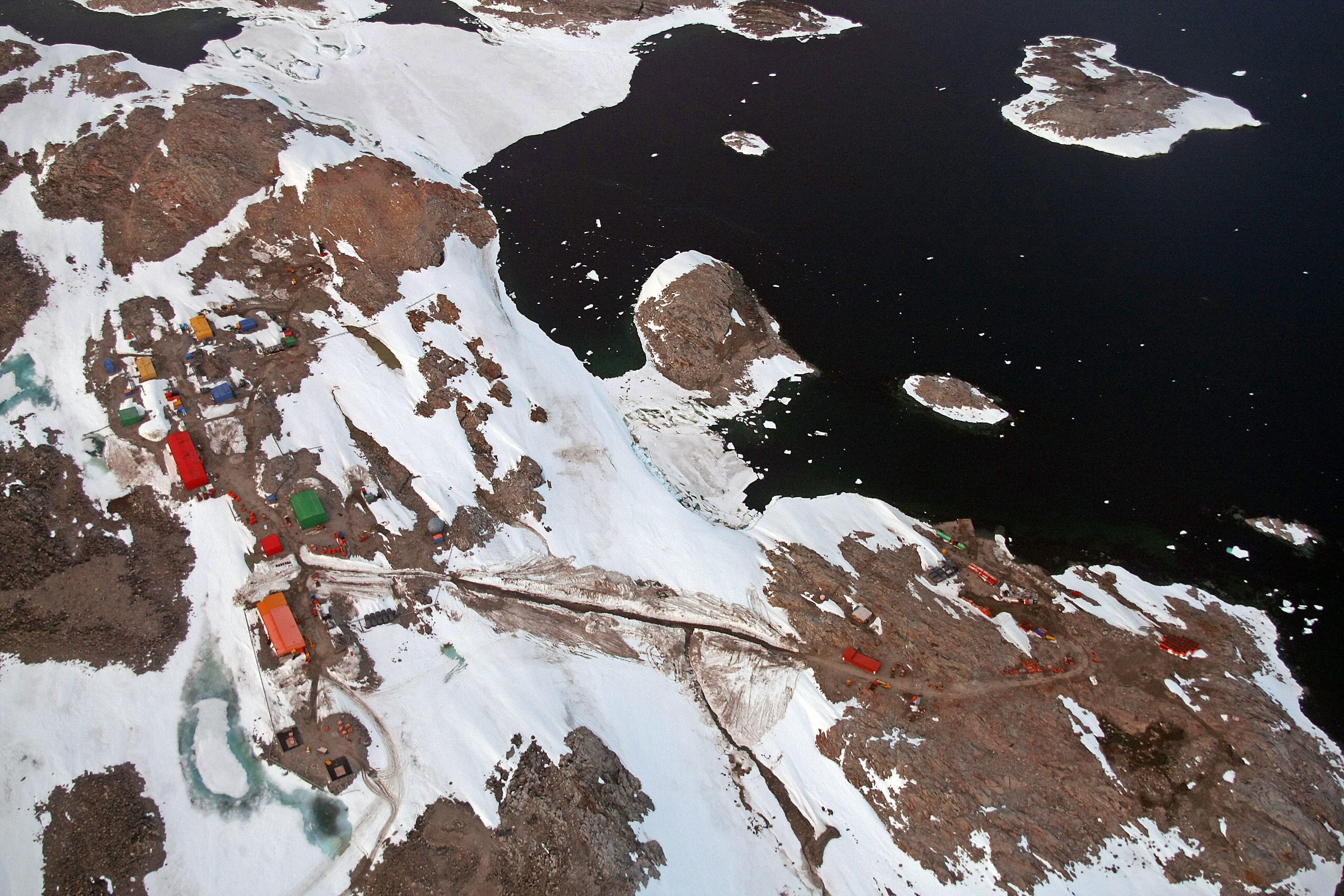Australia evacuates sick researcher from remote Antarctic outpost
Icebreaking vessel RSV Nuyina sails more than 3,000km to rescue man with ‘developing medical condition’

An Australian expeditioner was evacuated from Antarctica as he required urgent medical care.
Australia’s icebreaking vessel RSV Nuyina sailed thousands of kilometres to reach the location of the man stationed at the Casey research station in Antarctica. It was accompanied by two helicopters and a medical retrieval team.
The urgent rescue mission was launched last week to reach the man suffering from an undisclosed “developing medical condition”.
RSV Nuyina sailed more than 3,000km, breaking through sea ice in some stretches to rescue the man.
The Australian Antarctic Program said the man was rescued and the ship is expected to return to the city of Hobart next week.
“It’s the earliest we’ve ever gone to an Antarctic station – just a day or two after the official end of winter,” said Australian Antarctic Division (AAD) acting general manager of operations Robb Clifton.
Australia’s Antarctic stations typically possess limited medical resources, with just one or two trained doctors available. The Casey research station is closest to the permanent Antarctic station to Australia.
Approximately 15-20 individuals reside at Casey, where harsh conditions and darkness hamper scientific activities during the winter season.
“The expeditioner will be looked after in the Nuyina’s specially equipped and designed medical facility by our polar medicine doctors and Royal Hobart Hospital medical staff,” said Mr Clifton.
“Getting this expeditioner back to Tasmania for the specialist medical care required is our priority.”
He said it is winter in Antarctica and an air evacuation would not have been feasible as the Wilkins aerodrome near the research station is unusable in extremely cold weather.
A narrow window, however, allowed two helicopters to reach the station by taking an hour-long flight and collect the patient.
“We were really only able to attempt it because of the fantastic capabilities the Nuyina gives us in terms of icebreaking and aircraft capability,” Mr Clifton said.
AAD said the family of the expeditioner is being regularly updated on the situation, and all other station personnel are confirmed to be safe.
Subscribe to Independent Premium to bookmark this article
Want to bookmark your favourite articles and stories to read or reference later? Start your Independent Premium subscription today.

Join our commenting forum
Join thought-provoking conversations, follow other Independent readers and see their replies